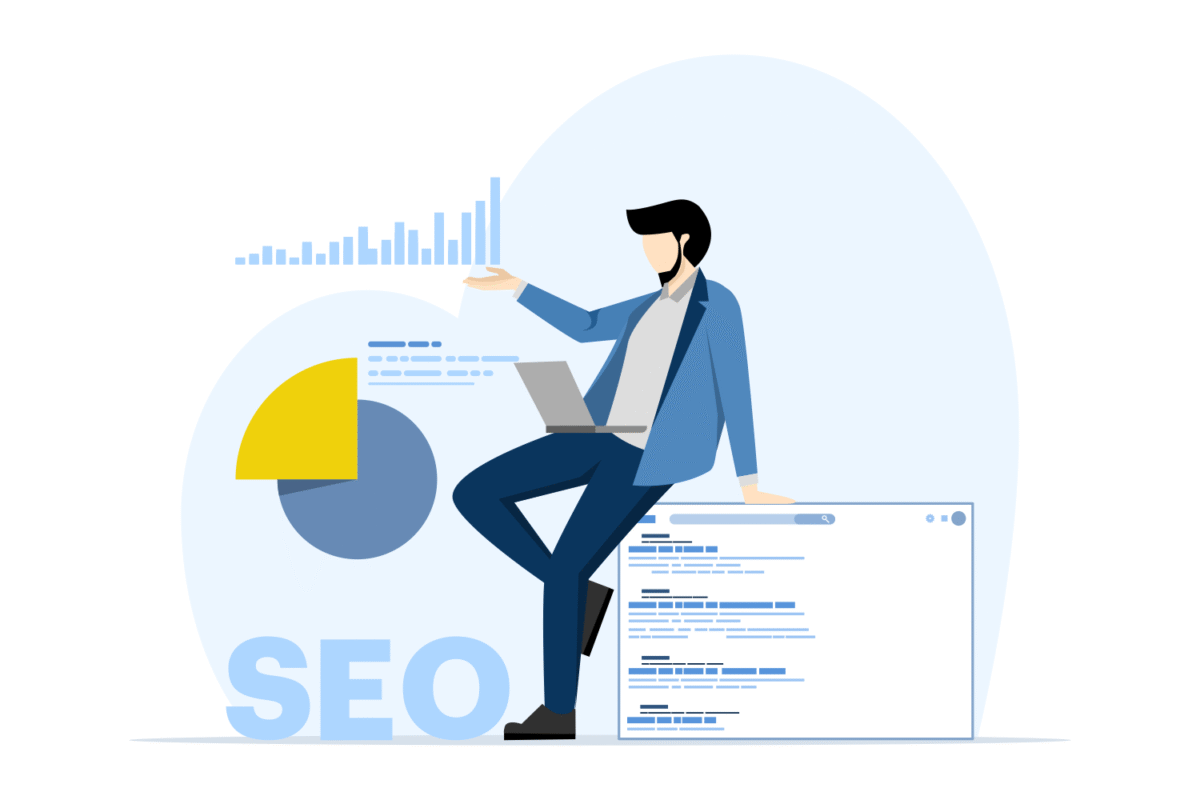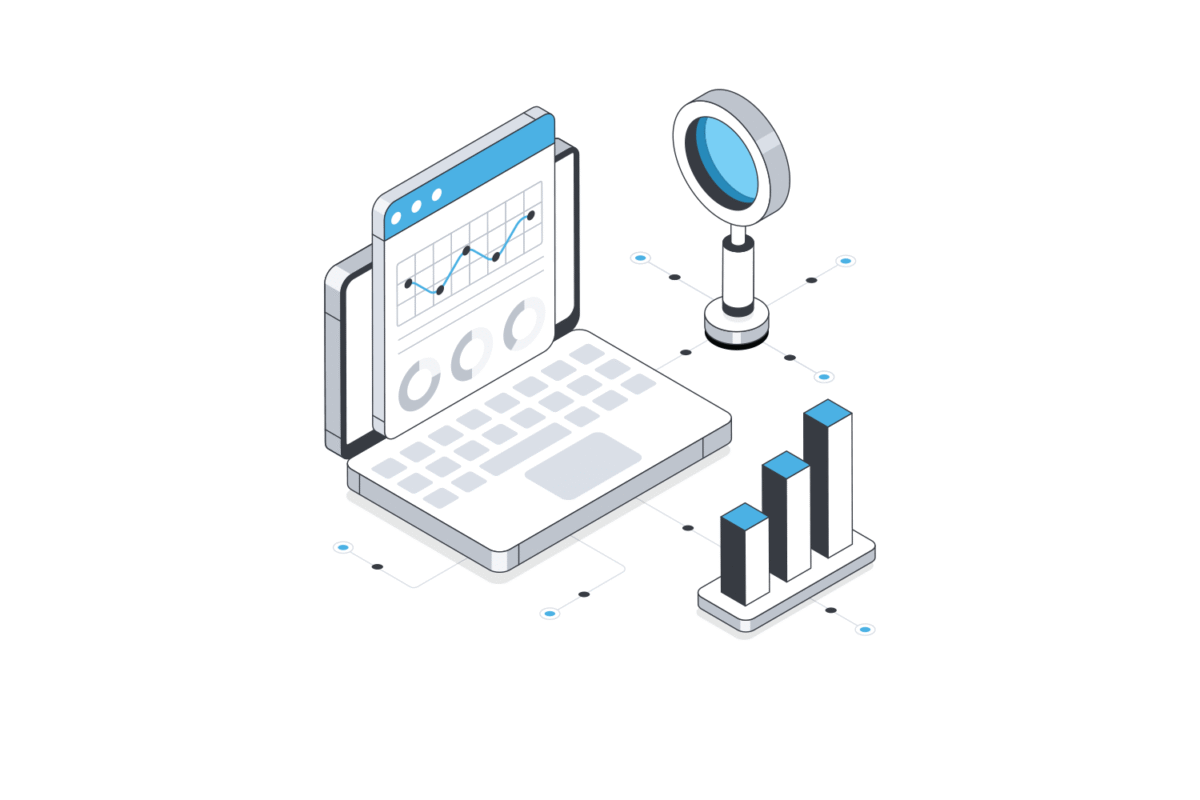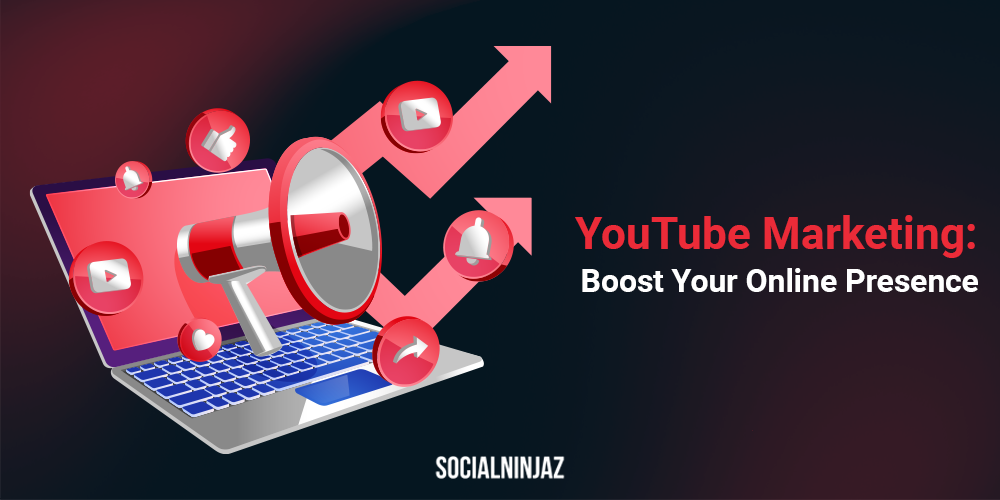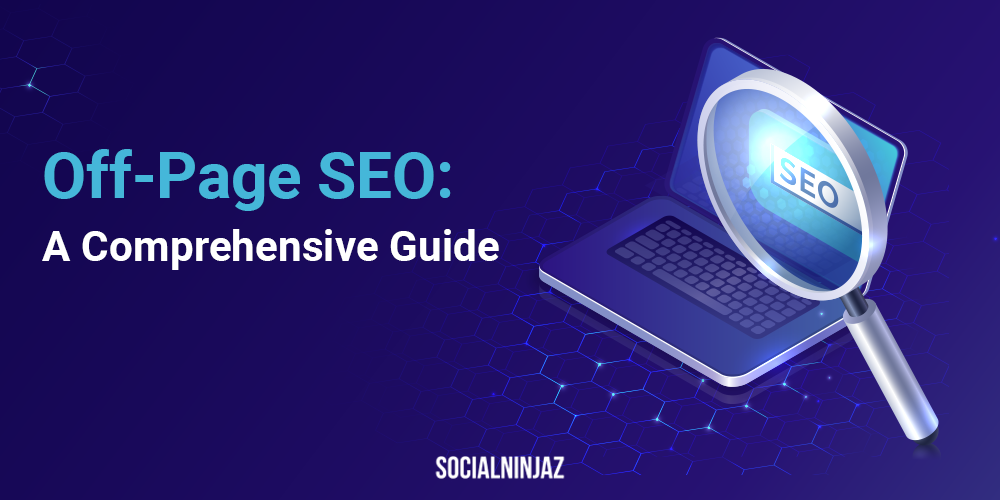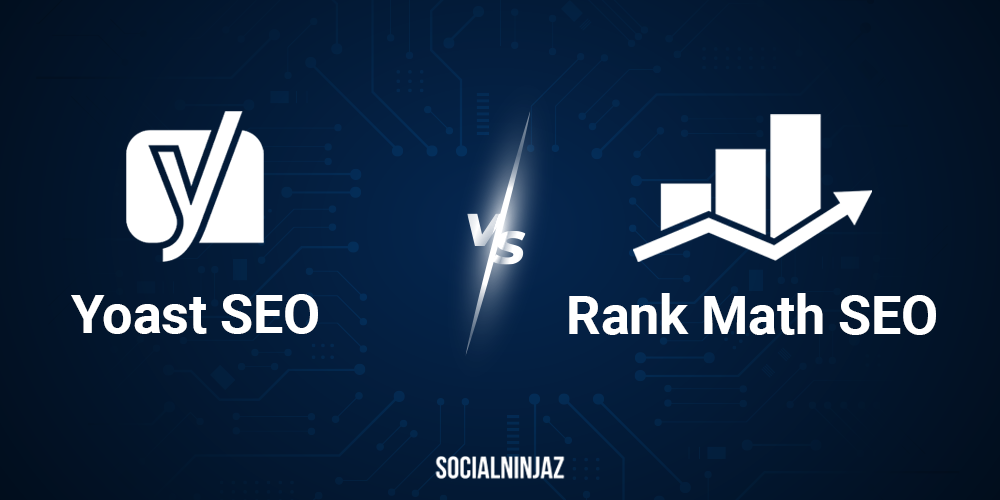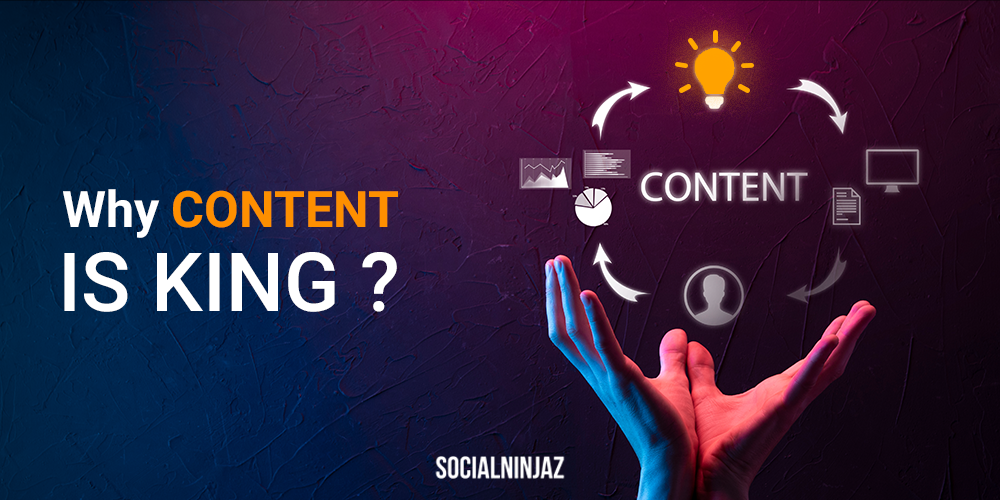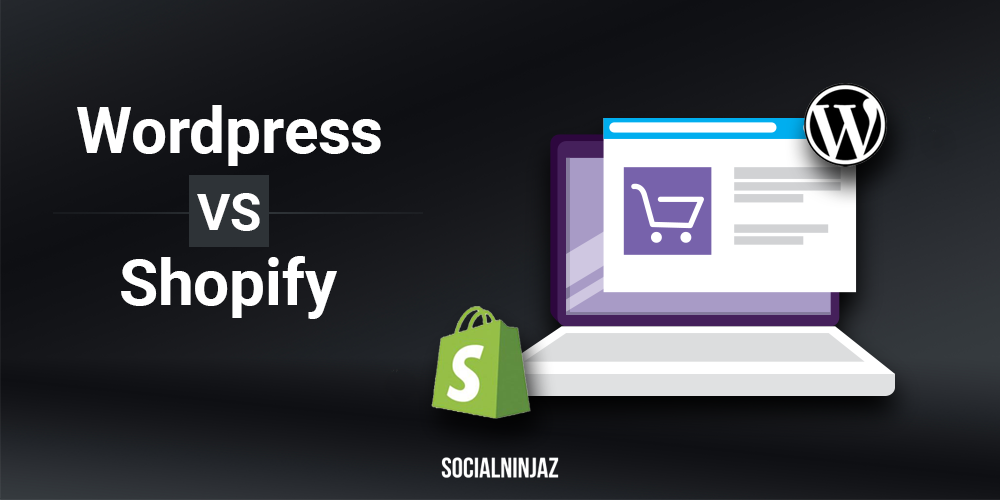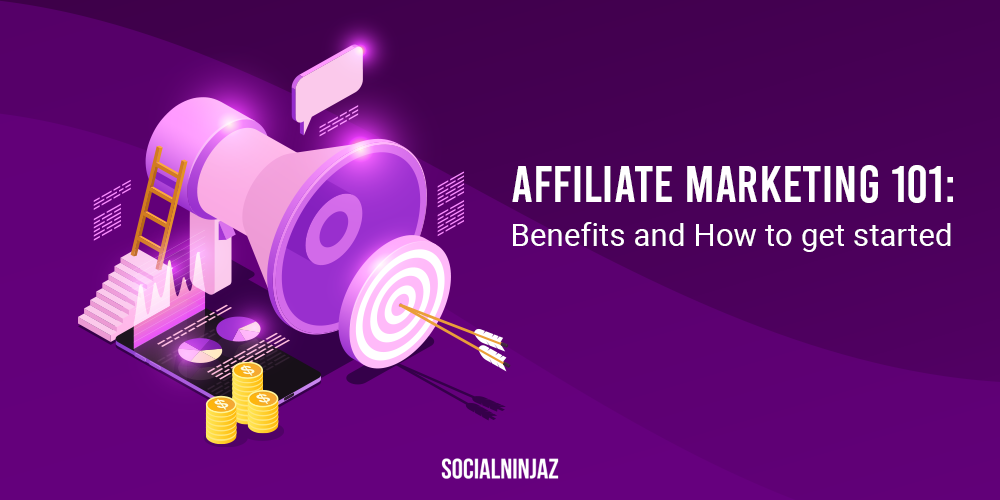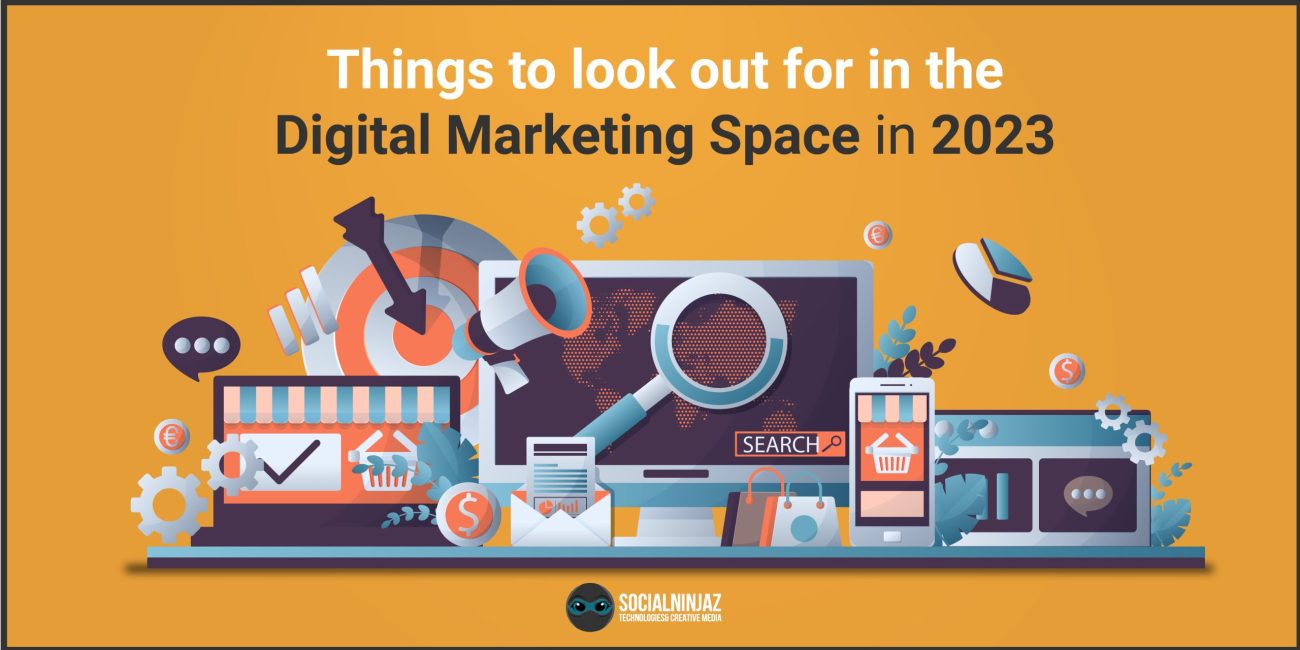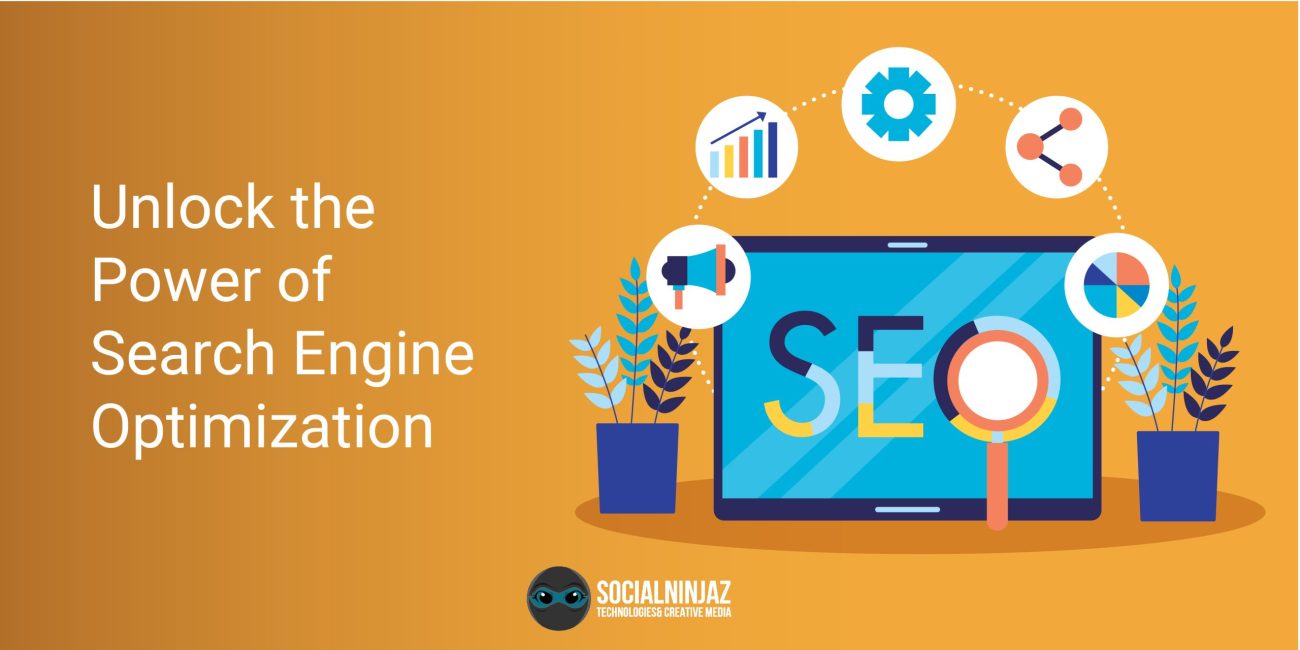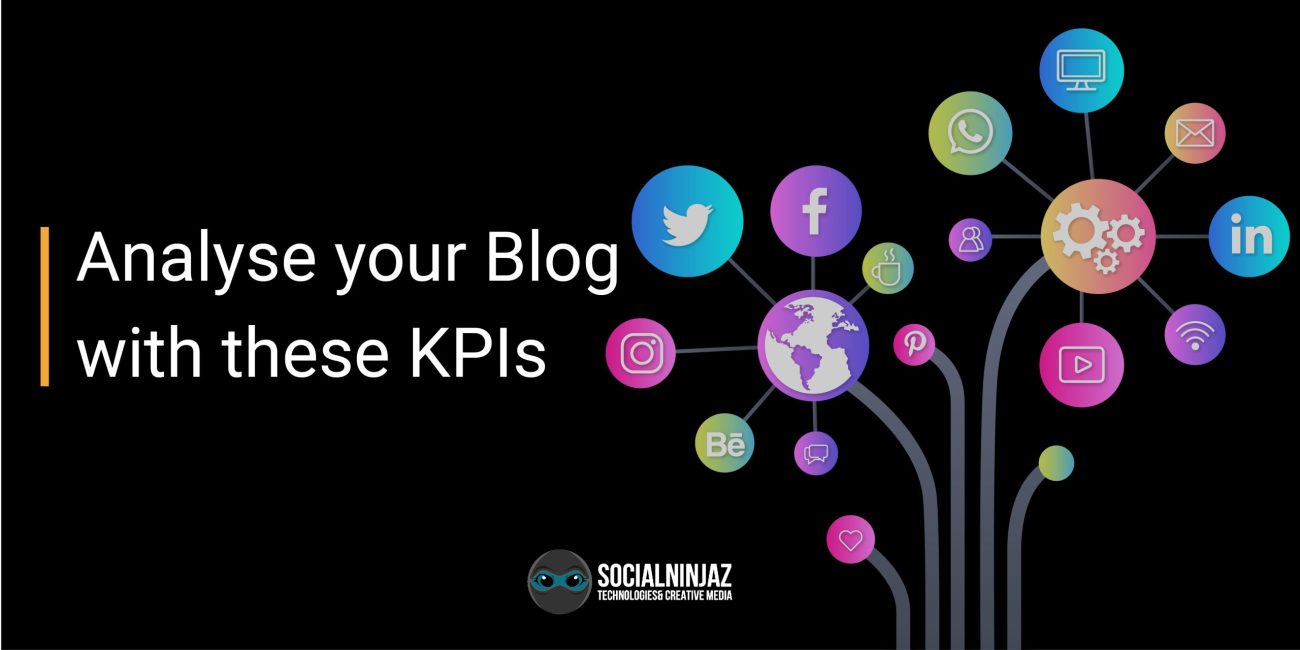Blog

Remarketing 101
Remarketing is a powerful tool that allows businesses to target users who have previously interacted with their website or mobile app. This type of advertising is particularly effective because it helps businesses to reach users who are already familiar with their brand and have shown interest in their products or services. In this interactive blog post, we’ll explore the basics of remarketing, including how it works, the different types of remarketing campaigns, and best practices for getting the most out of your remarketing efforts.
First, let’s talk about how remarketing works. When a user visits your website or mobile app, a cookie or mobile advertising ID is installed on their device. As users continue to browse the web or use other mobile apps, you may follow their behavior and target them with specific ads. For example, if a user visits your website and adds a product to their shopping cart, but doesn’t complete the purchase, you can use remarketing to target them with ads for that specific product.
Businesses can use various remarketing programs, each with its own advantages. Here are some of the most common types:
Table of Contents
ToggleSearch remarketing:
Users who have previously looked for specific terms on Google or another search engine are targeted with this technique. For example, if a user searches for “running shoes” on Google, you can use search remarketing to target them with ads for your running shoe products.
Display remarketing:
In this, the users that have already visited your website are targeted. You can use display remarketing to show users ads for products or services they viewed on your website, or to promote other content on your site.
Video remarketing:
Users who have previously seen one of your videos are targeted. You can use video remarketing to show users ads for related products or services or to promote other videos on your channel.
Email remarketing:
This technique enable users who have previously provided their email addresses to your business. You can use email remarketing to send targeted promotional emails to these users.
Now that you understand the various types of remarketing campaigns, let’s talk about the best practices for making the most of your remarketing efforts.
Set clear goals and objectives:
Before you begin your remarketing campaign, it is critical to set clear goals and objectives. It will help you determine which type of remarketing campaign is best for your business and how to measure the success of your efforts.
Segment your audience:
One of the most significant advantages of remarketing is the opportunity to target certain groups of consumers. For example, you might want to target users who have previously viewed a specific product on your website, or users who have previously searched for a particular keyword. Segmenting your audience will help you create more effective and targeted ads.
Test different ad formats:
Remarketing campaigns allow you to use a variety of ad formats, including text ads, image ads, and video ads. It’s crucial to test different ad formats to see which ones perform the best for your business.
Use dynamic ads:
Dynamic ads allow you to automatically update the content of your ads based on the user’s behaviour. For example, if a user adds a product to their cart but doesn’t complete the purchase, you can use dynamic ads to show them the product they left behind with a special offer.
Optimize your landing pages:
The ultimate goal of your remarketing campaign is to get users to take a specific action, such as making a purchase or filling out a form. It is critical to optimize your landing pages for conversions so that users are more likely to perform the required action.
In conclusion
Remarketing is a powerful tool for businesses looking to re-engage with customers who have previously shown interest in their products or services. With targeted ads and customized messaging, brands can effectively reach out to potential customers who have previously interacted with their brand, increasing the chances of conversion and driving sales. Furthermore, remarketing can help businesses strengthen consumer relationships by providing personalized and relevant information. Overall, remarketing is a low-cost strategy to increase the ROI of your marketing efforts and drive business growth.
admin
Don’t forget to share this post
Similar posts
Why Hiring a WordPress Website Designer Is a Smart Move for Your Business
How Startups Can Leverage Branding Through Social Media for Faster Recognition
How a Web Development Agency Drives SEO, UX, and Long-Term ROI
Building Website for Business vs Relying on Social Media: What Works Best
Marketing Your Business on Social Media – Strategies That Actually Work in 2025
Why You Should Hire a Website Development Agency to Scale Your Business in 2025
Why Your Brand Needs Professional Website Development Services Today
How Web Development Services Empower Brands to Lead in the Digital Age
Why Your Brand Needs a Human-Centric Social Media Marketing Agency
How Does SEO-Friendly Website Design Boost Traffic?
Digital Marketing Using Social Media: What Google’s Latest Update Means for Your Brand in 2025
Why Website Design and Development Services Drive Business Growth
Mastering Social Media Branding: What 2025’s Boldest Indian Brands Are Doing Differently
Why Website Development Services Are Essential for Small Business Growth
Why Hiring a Website Development Agency Is the Smartest Move for Your Business
Janta Sab Jaanti Hai… Par Bhushan Behtar Bechta Hai!!!
What’s the Fuss about Twitter Verification
ChatGPT: The Latest Threat to Human Employment
Difference between a Website and Web Application
Unmasking the Dark Side of SEO: Balancing the Risks and Rewards of Black Hat SEO vs White Hat SEO
Most Suitable Ads for my Business: Search Ads VS Display Ads
Top SEO Websites in the World
How to Get Instagram Verification Blue Tick???
Introduction to Proximity Marketing
YouTube Marketing: Boost Your Online Presence
Off-Page SEO: A Comprehensive Guide
Yoast SEO VS Rank Math SEO
Why Content is King in Modern On-Page SEO
Remarketing 101
Shopify VS WordPress: Which one is more suitable for your business?
Affiliate Marketing 101: Benefits and How to get started
Instagram Stories vs Snapchat Stories
A journey from 0 to 1000 Instagram followers in 10 days
10 Graphic Design Rules Everyone Must Follow
5 Artificial Intelligence Websites for Higher Productivity
Guide to Understanding Web 3.0 Space
What is Influencer Marketing?
Top 20 Performance Marketing Terms You Must Know
Things to look out for in the Digital Marketing Space in 2023
Mastering the Art of Snapchat Marketing
Unlock the power of Search Engine Optimization
Analyse your blog with these KPIs
The Most Innovative and Memorable Social Media Campaigns of the past two decades






